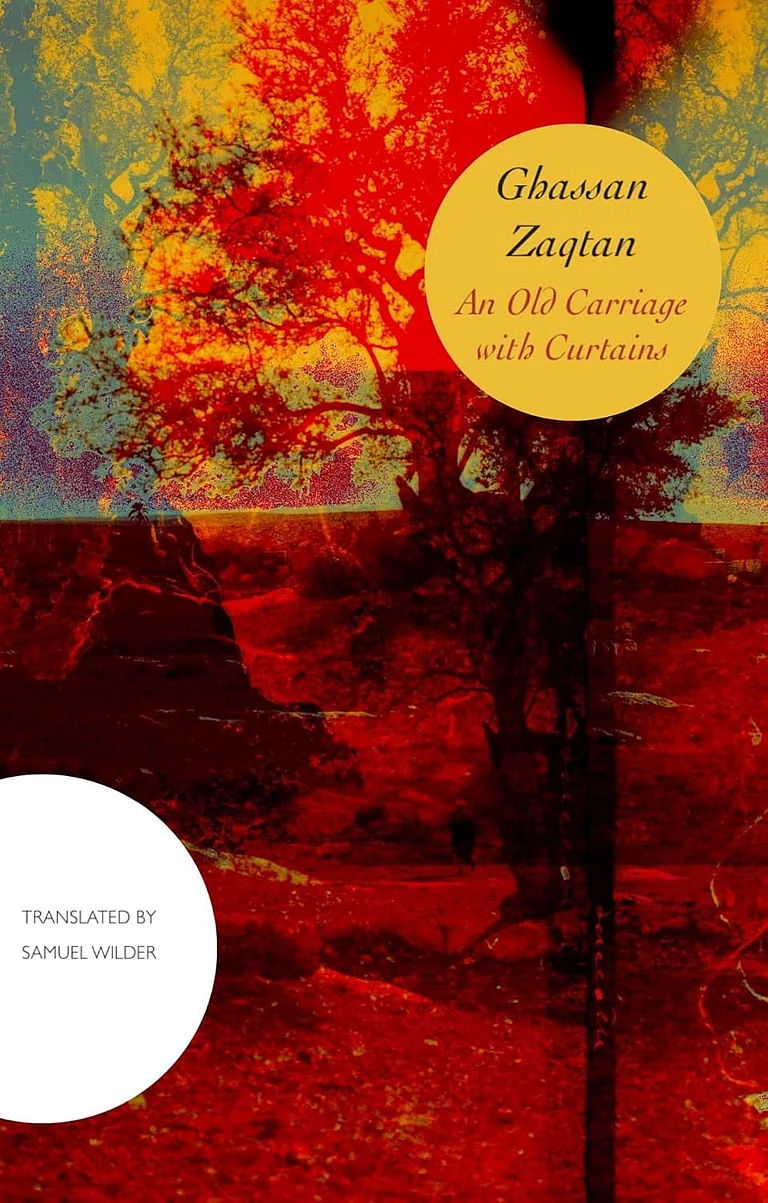A study by Chinese governmenr scientists has found that no animals were infected with Covid-19 at a Wuhan seafood market in early 2020.
This particular marketplace, the Huanan Seafood Market, was long considered to be the place where SARS-CoV-2, the virus causing Covid-19 disease, could have jumped from animals into humans. However, the Chinese scientists' findings do not support such a opinion.
The study further finds that while Covid-19 was definitely spreading in the market, no animal samples were found to be infected, and the chain of transmission is not certainly known.
Here we explain what the study found, what the experts are saying, and what the findings mean for the Covid-origin debate.
What did the Chinese study find?
The Chinese study found several Covid-19 positive samples from the market, but all of these samples were environmental samples and not animal samples.
This is for the first time in over three years since the Covid-19 outbreak in Wuhan that Chinese scientists have published a peer-reviewed analysis along with data of the Wuhan market. Published in the Nature journal on Wednesday, titled Surveillance of SARS-CoV-2 at the Huanan Seafood Market, the study shows that while animals were indeed present at the market, there is no evidence they took the virus there and spread it to humans.
The Chinese study, called Liu et al after the first author William J Liu, analysed 923 environmental samples taken from January 1 and 457 animal samples taken from January 18.
"Using RT-qPCR, SARS-CoV-2 was detected in 73 environmental samples, but none of the animal samples," says the study.
The study further details the collection process: "From January 1st 2020 until March 2nd 2020, a total of 923 environmental samples from different locations within and around the market and 457 animal samples, including dead animals in refrigerators and freezers and stray animals and their feces, were collected, with some stray animals sampled until March 30th. The study further notes that even though pangolins and bats have been earlier linked to possible animal-to-human transmission of the virus, these animals were not there at the market between May 2017-November 2019."
The study further notes that potential coronavirus host species were definitely found but were found in areas that produced negative environmental samples.
"Although gene barcode analysis of animal species in the study suggested that Myotis, Nyctereutes and Melogale – species that have been recognized as potential host species of sarbecoviruses – were present at the market, these barcodes were mostly detected within the SARS-CoV-2 PCR negative environment samples," said the study, further noting that it is possible that the market could amplified the viral spread.
The study further found the role of sewage in potentially spreading the virus between species.
"Excreta of the upper respiratory tract of infected humans and the potential animal waste would be mixed together into the overground drainage. Thus, these data suggested that either infected people and/or animals in the market contaminated the sewage or that the contaminated sewage may have further played a role in furthering the virus transmission within the case cluster in the market," said the study.
Further, the study invokes the possibility of human-to-animal transmission of the virus at the market place if at all animals were infected at some point. Though the study does not find any animal infection.
"However, these environmental samples cannot prove that the animals were infected. Furthermore, even if the animals were infected, our study does not rule out that human-to-animal transmission occurred, considering the sampling time was after the human infection within the market as reported retrospectively. Thus, the possibility of potential introduction of the virus to the market through infected humans, or cold chain products, cannot be ruled out yet," said the study.
What the study means for Covid-origin debate?
There are two theories for the origin of Covid-19. One, it originated naturally in animals and jumped to humans. Two, it originated in a lab and leaked and spread to the outside world from a lab-accident.
The natural-origin theory rested majorly on the idea that the Wuhan market could have hosted animals that could have spread the virus to humans. This gained traction as several early Covid-19 cases in China were linked to the market. However, the latest Chinese study says no sign of animal infection were found at the market. This deals a blow to the market-centric origin theory.
The study also deals a blow to a study published last month based on the raw data of this Chinese study. After downloading raw data from a repository, a team of international scientists last month reported "strongest evidence yet" of natural-origin of Covid-19 after learning that animal DNA was found in the market. That premature conclusion was criticised even at the time as presence of animal DNA and presence of Covid-positive animal samples were two very different things. The current study makes this point even clear. It states that no animal samples were found to be positive at the market.
"It’s disappointing that experienced scientists continue to try and use the China CDC data to push the idea that Covid originated from the wet market. The data just doesn’t say that. The Huanan wet market would be the easiest way to explain a natural spillover, but spillovers can and do occur outside of wet markets. Continuing to push the wet market theory without sufficient supporting data just creates confusion in the public, and discredits scientists," said scientist Karolina Corin on Twitter.
Veteran science writer Matt Ridley noted that the study shows that not only were raccoon dogs —animals at the centre of "strongest-evidence-yet" story— were not just not infected, they were in the different section of the market entirely.
He told The Telegraph, "Not only were no raccoon dogs found to be infected, they were mostly in the wrong part of the market. The scientists who investigated the Huanan seafood market in Wuhan in 2020 have concluded that the pandemic probably did not begin there. To believe it did, you have to assume that they missed or covered up some infected animals."
Criticising the role of media, science journalists Michael Balter tweeted, "A peer-reviewed paper that concludes there is no evidence for zoonotic spillover at the Huanan Seafood Market in Wuhan has just been published [in] Nature. How will the media, especially science journalists, deal with it? This is a test."


























